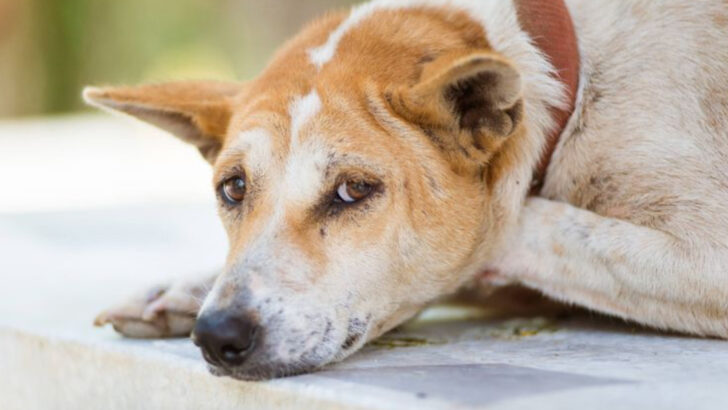One day you’re chasing tennis balls—then suddenly, you’re just chasing naps.
Watching your dog grow older is both heartwarming and heartbreaking. The puppy zoomies slow down. The muzzle gets a little gray. And those eyes? They hold more wisdom than ever.
But aging isn’t the end—it’s just a new chapter. A softer, slower, sometimes sillier one. Your dog may not leap like they used to, but they’ll still follow you anywhere… even if it takes a bit longer.
From shifting sleep patterns to surprising personality quirks, aging brings a wave of changes. The key is knowing what to expect—and how to help them feel their best along the way.
Here are 16 things you’ll notice as your dog gets older—and what you can do to make those golden years truly shine.
Decreased Energy Levels
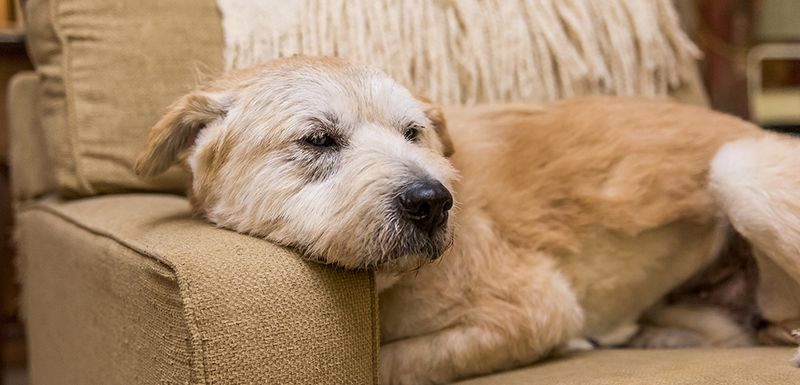
As your dog’s youthful exuberance fades, you might notice them preferring the warmth of a soft bed to a vigorous game of fetch. Older dogs often exhibit decreased energy levels.
This is a natural part of aging. While they may not chase the ball as enthusiastically as before, their love for you remains unchanged. Providing gentle exercise tailored to their abilities keeps them healthy and engaged.
Regular, short walks are beneficial. Adjust playtime to avoid overexertion. These adjustments ensure that your furry friend continues to enjoy their golden years with comfort and joy.
Graying Fur
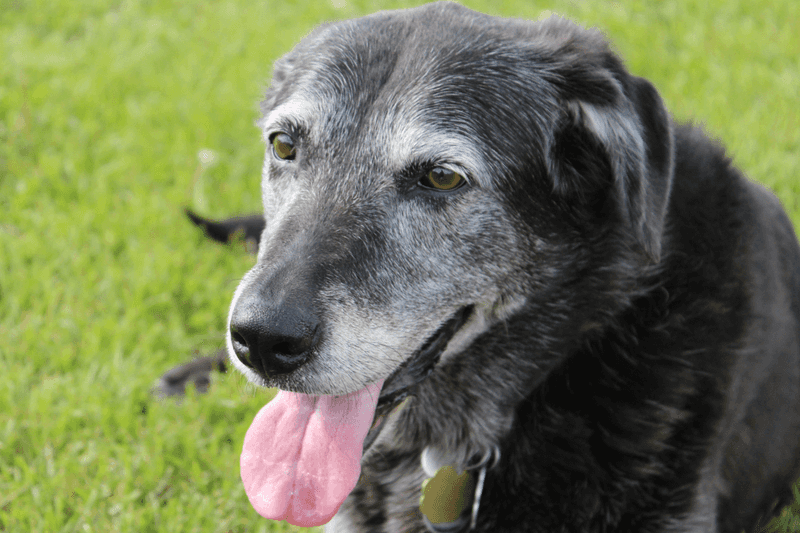
The appearance of graying fur on your dog’s muzzle is as telling as laugh lines on a human face. These silver strands often appear first around the snout and eyes, adding a distinguished look to your pet’s visage.
While this change is purely cosmetic, it marks the passage of time spent together. No special treatment is required, but regular grooming helps maintain a healthy coat.
Celebrate these signs of wisdom with a gentle brush and a loving hand, knowing that each gray hair has been earned through years of companionship.
Increased Weight
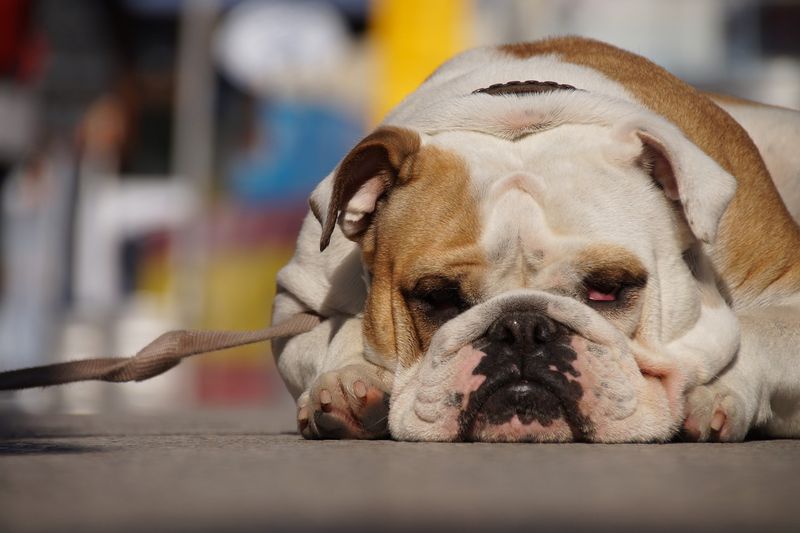
With a tendency towards weight gain in senior years, dogs might resemble a plumper version of their younger selves. As metabolism slows, maintaining a healthy weight becomes crucial.
Consult your vet to tailor a diet plan that meets their nutritional needs without extra calories. Portion control and regular exercise help manage weight effectively.
Remember, a healthy weight contributes to overall well-being, enhancing your pet’s quality of life. Keep an eye on treats, opting for low-calorie options to prevent unnecessary weight gain.
Joint Stiffness

Watching your beloved pet struggle with joint stiffness can be heart-wrenching. This common issue in aging dogs often leads to discomfort and reduced mobility.
Consider adding supplements like glucosamine and chondroitin to their diet, which can alleviate symptoms. Providing orthopedic beds and ramps eases their daily routine.
Regular vet check-ups ensure that any severe conditions are promptly addressed. Incorporate gentle exercises, like swimming, to keep them active without straining their joints. A little extra care goes a long way in keeping your senior dog’s tail wagging.
Vision Decline
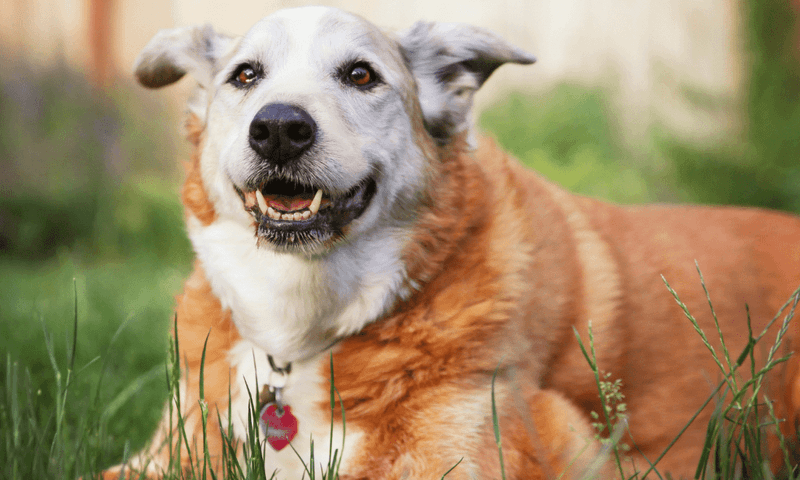
As your dog’s vision declines, the world may appear a bit dimmer and less distinct. This change often manifests as a cloudy appearance in their eyes, indicating cataracts or other age-related issues.
Help them navigate their environment by keeping furniture in familiar places and using textured mats to guide them. Regular vet visits help monitor their eye health.
A gentle voice and calm presence provide reassurance as they adapt to these changes. Remember, your companionship remains the guiding light in their life, regardless of vision.
Hearing Loss
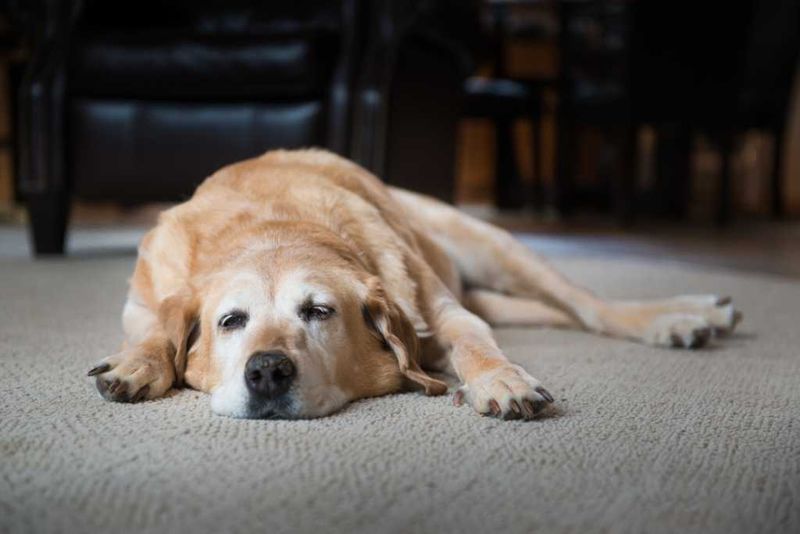
Hearing loss in dogs often goes unnoticed until it’s significant. You might find your dog no longer responding to their name or doorbells. Communication becomes more reliant on visual cues and touch.
To aid your pet, establish a consistent routine and use hand signals to communicate. Avoid startling them by approaching gently.
Their world may sound different, but your bond doesn’t rely solely on sound. With patience and understanding, you can continue to enjoy meaningful interactions, even in the silence of aging.
Dental Issues
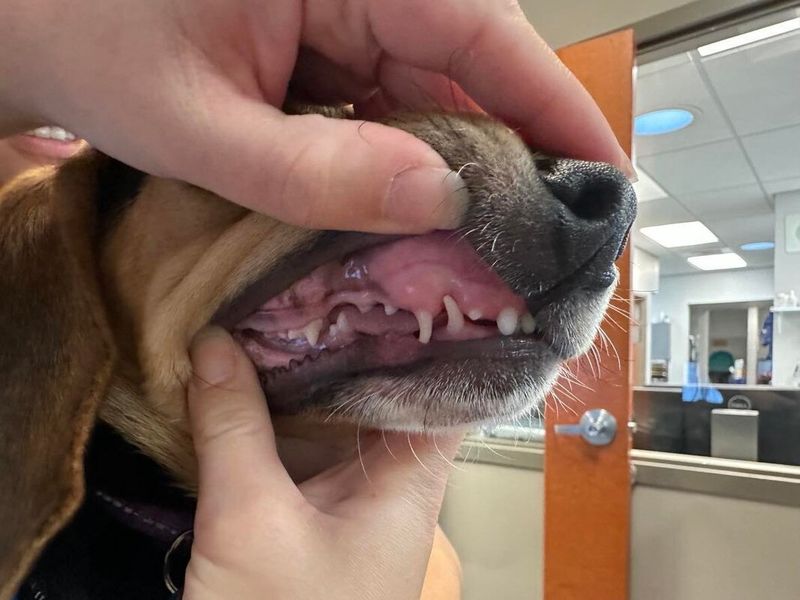
As your dog ages, dental health becomes a visible concern. Missing teeth, gum disease, or bad breath might greet you during close encounters. This is more than just an aesthetic issue—it affects their overall health.
Regular dental check-ups, tooth brushing, and dental chews help maintain oral hygiene. Soft food may be necessary if chewing becomes difficult.
Addressing dental problems early prevents further complications. A happy, healthy mouth contributes to a happier, healthier dog, allowing them to savor every meal and treat.
Changes in Coat Condition
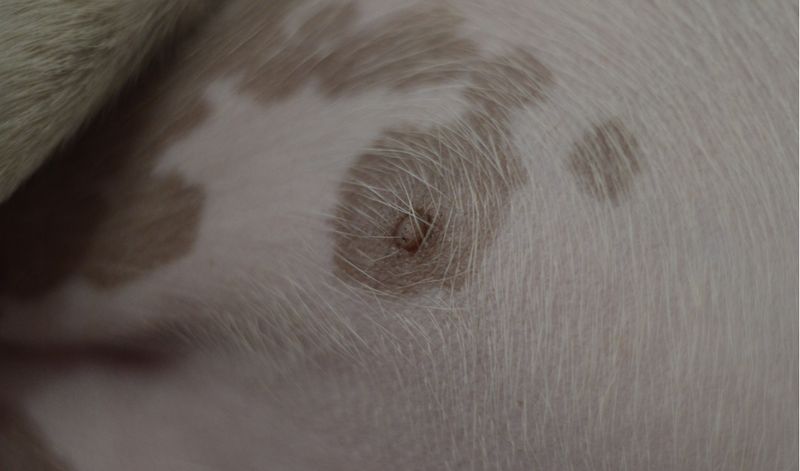
Your dog’s coat might lose its luster, becoming dry or patchy as they age. These changes could be indicative of underlying health issues.
Regular grooming and a diet rich in omega fatty acids can enhance coat health. A visit to the vet can help rule out any skin diseases or nutritional deficiencies.
As you brush through their coat, use this time to bond and check for any unusual lumps or bumps. This routine ensures they look their best and feel loved every day.
Digestive Changes
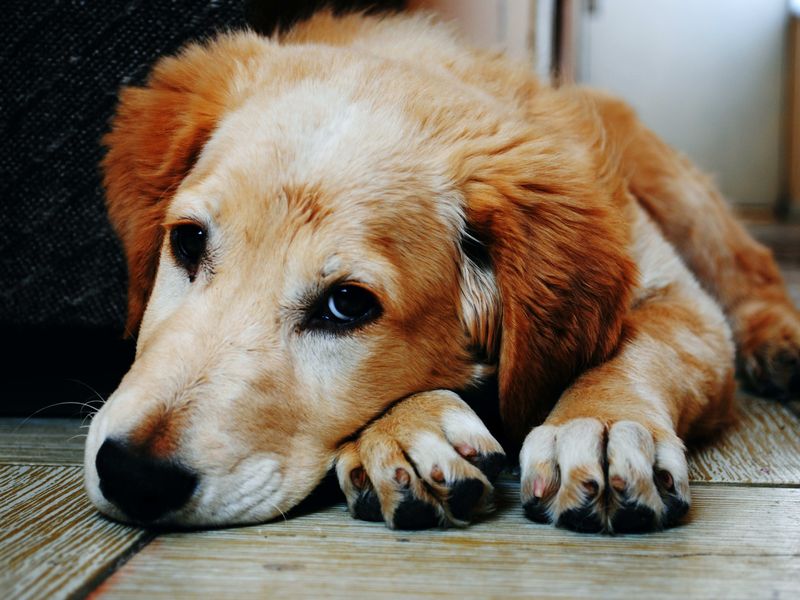
Digestive changes often accompany a dog’s aging process. You might notice sensitivity to certain foods or a less voracious appetite. These changes necessitate adjustments in diet.
Opt for easily digestible food, catering to their specific needs. Consult with your vet to ensure they receive proper nutrients.
These dietary considerations promote overall health and vitality, helping your furry friend maintain their zest for life. Mealtime remains a cherished ritual, fostering connection while nourishing their aging body.
Behavioral Changes
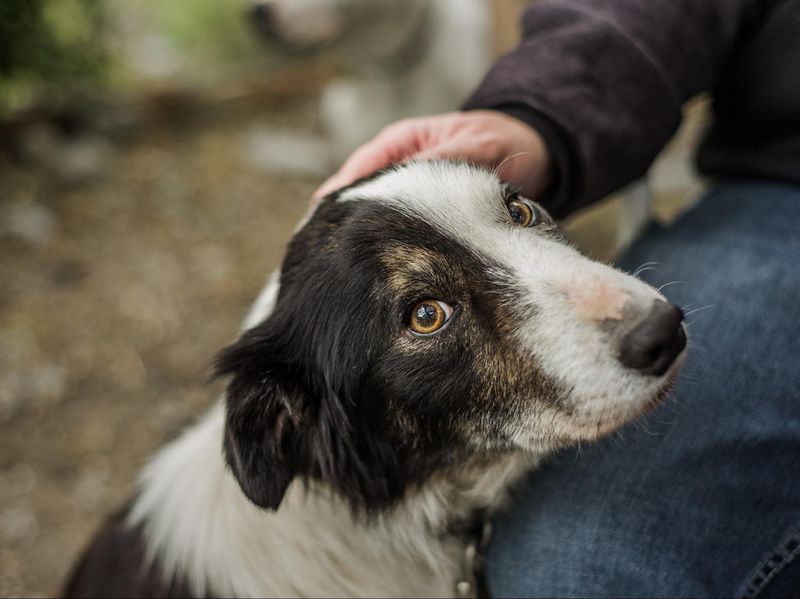
With age, dogs often show changes in behavior. Increased anxiety, confusion, or unusual barking might become part of daily life. Understanding these shifts is key to providing comfort.
Establishing a calm environment and maintaining routine are crucial. Interactive toys and puzzles can keep their minds sharp.
Patience and consistency are your allies in managing these changes. While their actions may differ from their younger days, the heart of your beloved pet remains unchanged. Together, navigate their golden years with empathy and love.
Increased Sleep
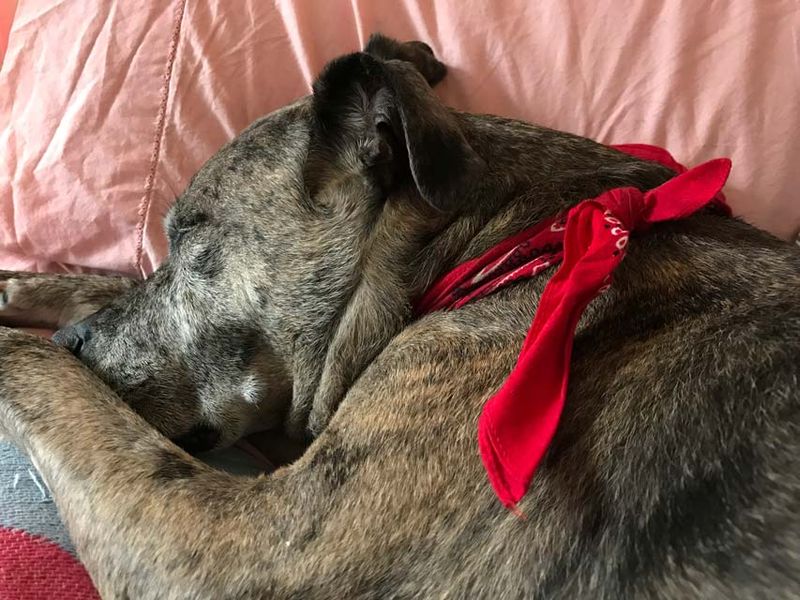
Increased sleep often accompanies a dog’s aging process, as their need for rest grows. You might find them snoozing more frequently, enjoying the comfort of familiar spots.
Ensuring they have a quiet, cozy place to sleep is important. A soft bed with ample support can make all the difference.
Respect their need for rest, adjusting daily activities to match their new energy levels. These tranquil moments provide them with the rejuvenation needed to enjoy their waking hours with you.
Loss of Appetite

A noticeable change in appetite may occur as dogs age. They might become picky eaters, leading to potential weight loss. Addressing this requires careful attention and adjustment.
Experiment with different flavors or warmer meals to stimulate interest. Consulting a vet ensures there are no underlying health issues.
Monitoring their diet and maintaining a balanced intake ensures they remain nourished and healthy. Respect their changing tastes while ensuring their nutritional needs are met, creating harmony in their culinary world.
Increased Vocalizations
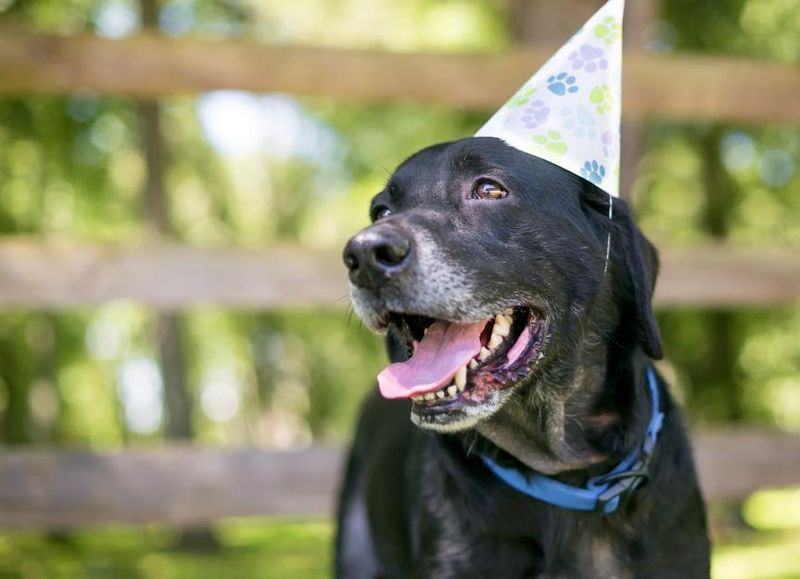
Increased vocalizations can be a puzzling aspect of aging. Your dog might bark more at night or appear more vocal without clear reasons. These changes can be attributed to cognitive decline or anxiety.
Providing a comforting environment and maintaining routine helps alleviate stress. Consulting a vet can rule out medical issues causing discomfort.
Understanding their need for reassurance during this phase is vital. Through patience and love, you can help your dog navigate these changes, ensuring they feel secure and cherished.
Decreased Immune Function
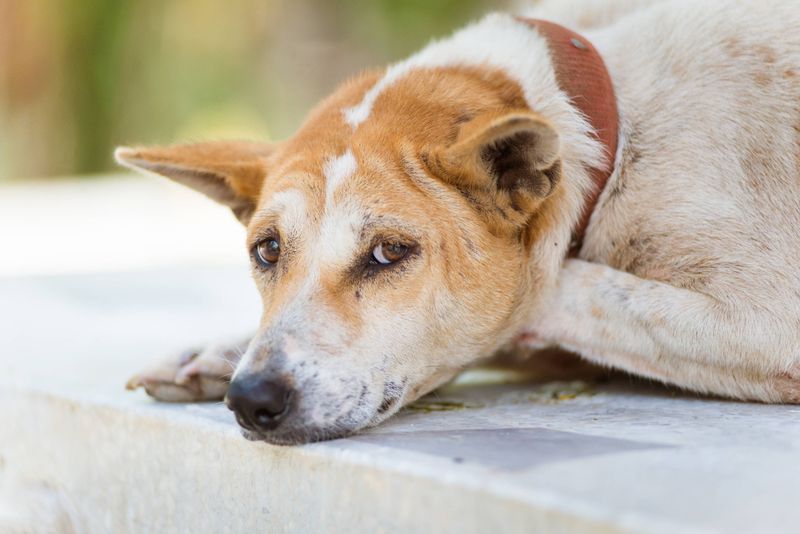
As dogs age, their immune system weakens, leaving them more susceptible to infections and illnesses. Regular veterinary visits become essential to catch any health issues early.
A proper diet rich in essential nutrients bolsters their immune response, helping them fend off maladies. Regular exercise and mental stimulation also play a significant role in maintaining their health.
By providing a strong foundation of care, you ensure your loyal companion remains as healthy and vibrant as possible during their senior years. These efforts pave the way for continued joy and companionship.
Cognitive Decline
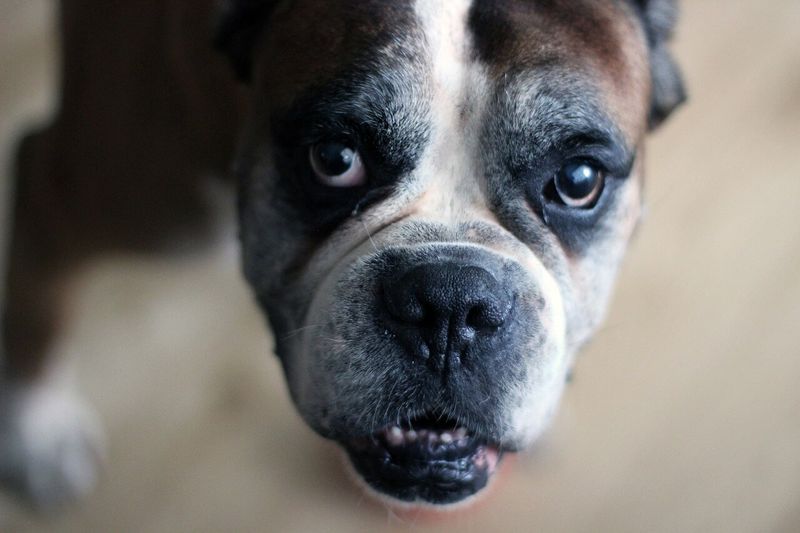
Cognitive decline, akin to dementia in humans, affects many aging dogs. They might wander aimlessly, appear disoriented, or forget familiar routines. Recognizing these signs is crucial for their well-being.
Engage them in activities that stimulate mental acuity, like memory games or gentle training sessions. Consistent routines and environments provide comfort.
Your understanding and patience make a world of difference. Celebrate their enduring spirit while adapting to their needs. Together, you can navigate the challenges of aging with love and empathy.
Aging Skin
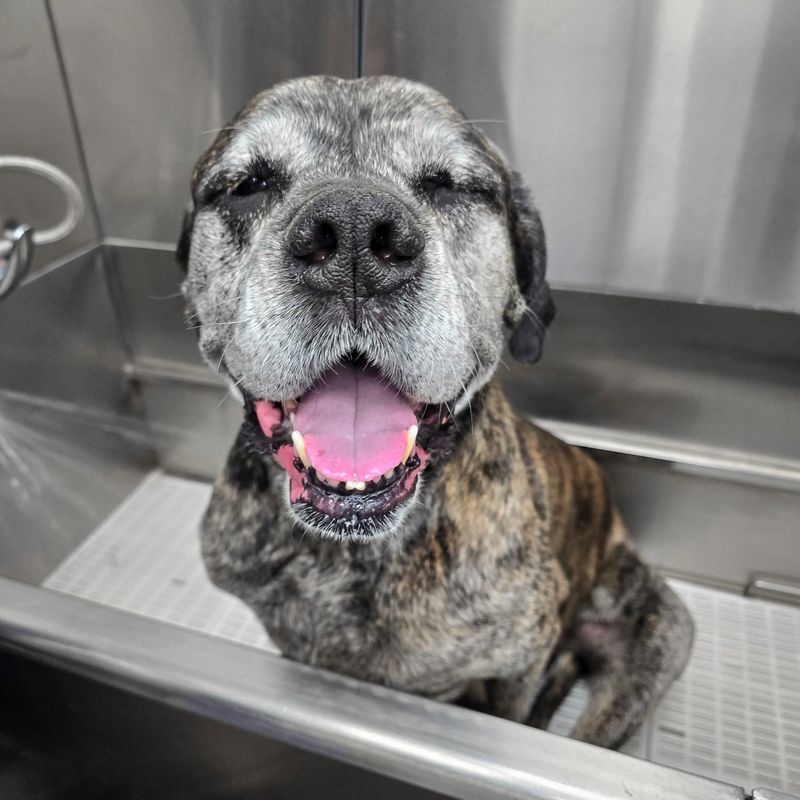
Aging brings changes to your dog’s skin, such as increased wrinkles, thinning, or age spots. These alterations are a testament to the years spent by your side.
Regular baths with gentle shampoos keep their skin healthy. Moisturizing creams made for dogs can alleviate dryness or irritation.
Monitoring for any unusual growths or changes is essential. Through your attentive care, your dog’s skin can remain as vibrant a part of their identity as ever. Cherish the tactile bond you share as you tend to their needs.

